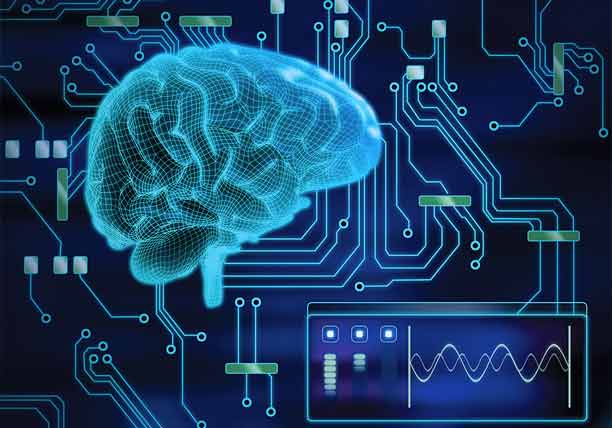Mindfulness meditation can help ease your pain.
The technique can reduce Dain intensity by as much as 32 percent, a new study has discovered—and even people who haven’t meditated before can quickly achieve these benefits.
The key is in not associating with the pain, but instead observing it as if it was happening to someone else, say researchers from the University of California at San Diego.
They tested the benefits of mindfulness on a group of 40 volunteers, half of whom were taught the technique and the others were told just to relax.
When a painful heat Was applied to the leg, the mindfulness group reported a 32 percent reduction in pain intensity and a 32 percent reduction in unpleasant feelings about the Pain, Compared to the relaxation group.
Brain scans endorsed the findings. Transmissions between different areas of the brain were reduced in the meditators. “For many people struggling with chronic pain, what often affects their quality of life most IS Not the pain itself but the mental suffering and frustration that comes with it,” said lead researcher Fadel Zeidan.
A key feature of mindfulness is that ‘you’ are not your experiences. “You train yourself to experience thoughts and sensations without attaching your ego or sense of Self to them, and we’re now Finally seeing how this plays out in the brain During the experience of acute pain,” he said.
Get More Info : Mental and holistic healthcare practitioner
Website : https://mindcarecenter.net/
Contact Us : Holistic healthcare practitioner in Sleepy Hollow




